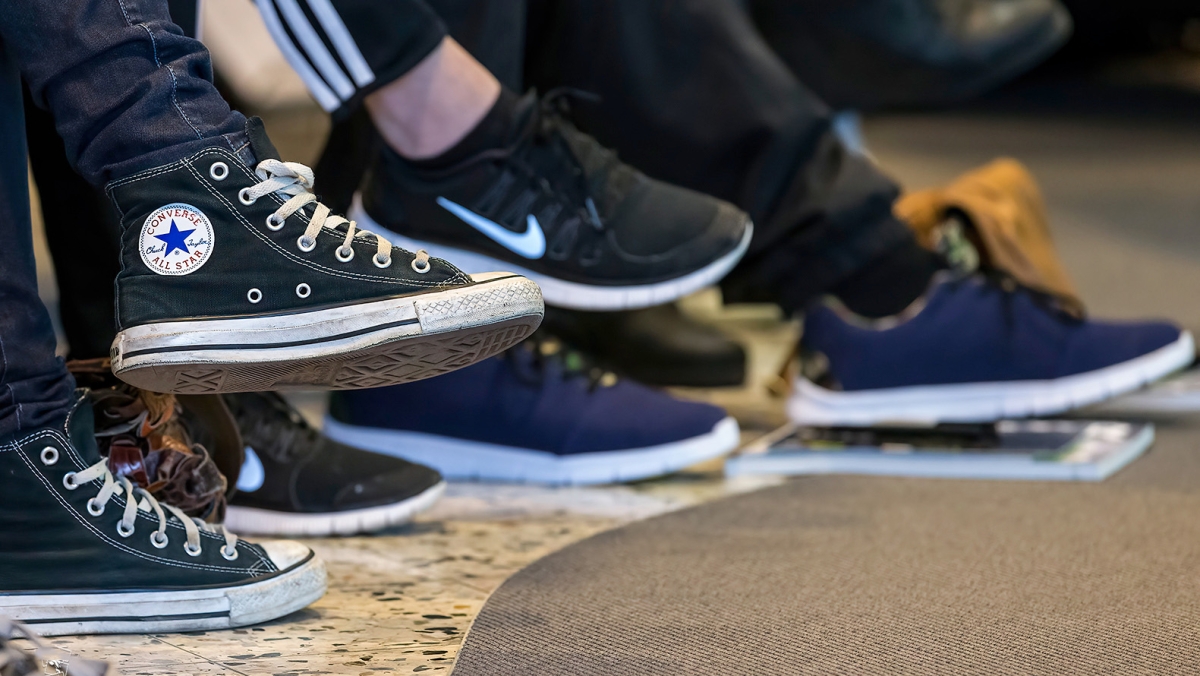Retail trade index
26. Sep 2023
Clothing and footwear sales fall despite slower price growth

The latest retail sales figures (listed here in nominal values converted to real values) are for Q2 of this year. The figures are divided into the following three main commodity groups: ‘food and non-alcoholic beverages’, ‘clothing and footwear’ and ‘furnishings and household equipment’.
The past year has seen high consumer price growth. The annual inflation rate topped at 10.1% in Q4 2022, dropped to 8.3% in Q1 2023 and reached 4.4% in Q2 2023.
Declining sales volume in groceries
Retail prices in ‘food and non-alcoholic beverages’ went up 11% from Q2 2022 to Q2 2023. In nominal prices, sales in this group increased by 9%. By subtracting the inflation rate, we get the real price of the volume of sold goods. The real price in this group increased by 2%. In other words, although the sales value increased over this period, the sales volume went down 2%. However, this is a modest figure compared to the 10% drop when the inflation rate topped in Q4 2022.
[px-graph-1]
Prices in ‘furnishings and household equipment’ increased by 9% from Q2 2022 to Q2 2023. Sales in nominal rose 5%. Converted into real prices, sales increased by 4%.
[px-graph-2]
Clothing sales decline in both volume and value
Prices in the ‘clothes and footwear’ group continue to be affected by rising prices. Although prices in this group only went up 1% in the past year, sales in nominal and real prices fell 16%.
[px-graph-3]
In general, ‘food and non-alcoholic beverages’ saw the biggest price hikes, going up by 11% from Q2 2022 to Q2 2023. The lowest price increase was in ‘clothing and footwear’, up 1%. Despite this, sales in ‘clothing and footwear’ dropped 16%, while sales in ‘food and non-alcoholic beverages’ only fell 2%. This same trend has been in play in the past quarters: rising consumer prices – especially apparent in groceries – affect clothing sales more than grocery sales.
Definitions:
- Indices show the percentage changes from one year to another with a base year set at 100. The difference between two years and comparisons with the base year are measured in percentages.
- Nominal prices: the price paid for a product or service at the time of the transaction. Nominal prices reflect the buying power in the year in which the transaction occurred.
- Real prices are adjusted for inflation, giving an indication of sales volume.
- Sales figures reveal the turnover of companies offering goods and services in the various commodity groups.
- Seasonally adjusted figures are modified to eliminate the effect of seasonal influences. Some months have high levels of seasonal fluctuations, making it difficult to adjust for seasonal influences.
- The trend describes the measured figures, adjusted for seasonal changes and other random factors.